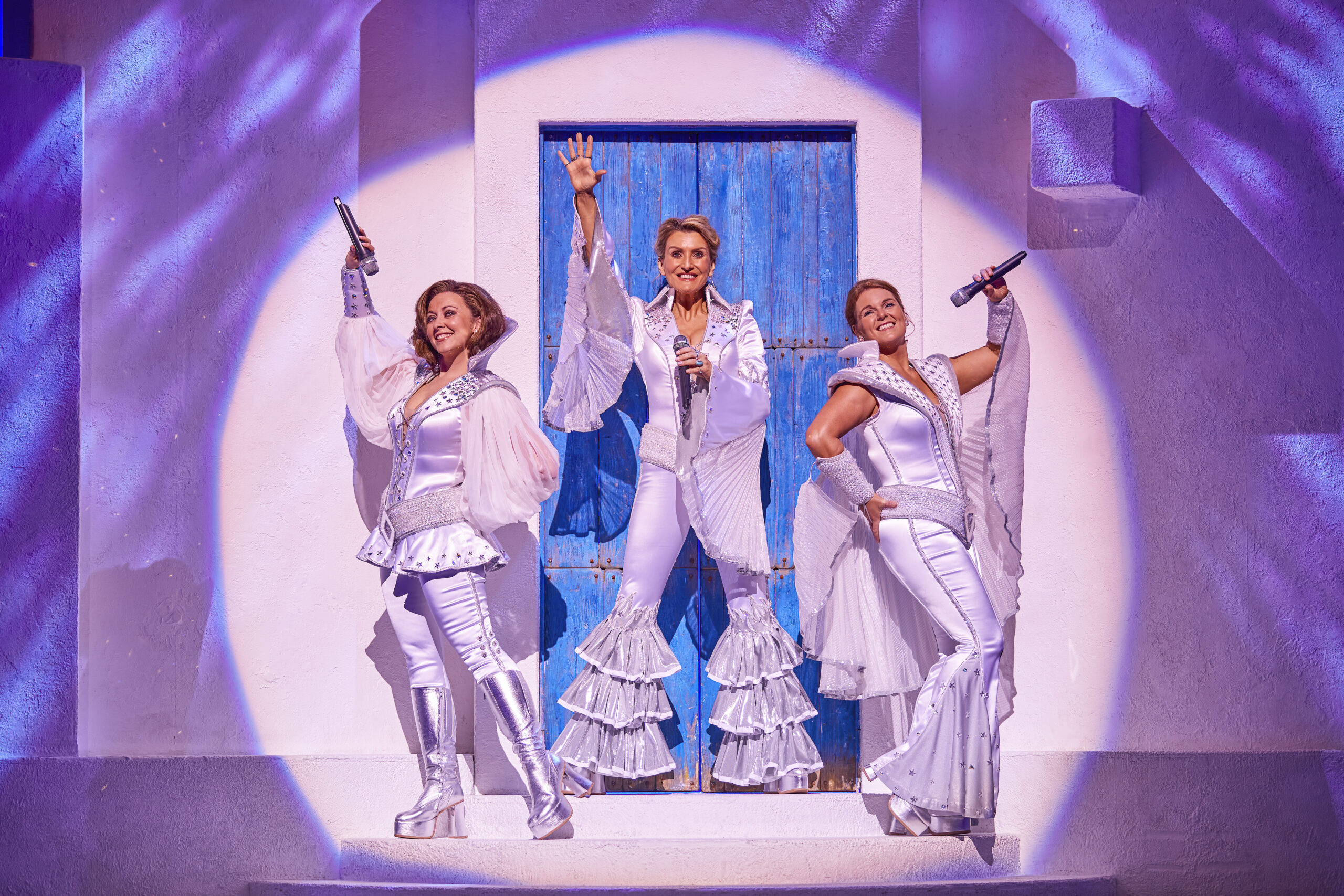
We are living in exciting times. After Circuit Breaker, Singapore is returning to some form of normality with an upcoming election. This year’s General Election (GE2020) will probably be a historic event for our country, especially when we are still battling with COVID-19.
The current ruling party in Singapore is the People’s Action Party. A majority of the seats in parliament goes to the ruling party. But this year, the new emerging batch of promising candidates from the 11 opposition parties and mixed opinions about the ruling party might shake things up.
I can feel the rising political tensions as we inch closer to Voting day which falls on 10 July 2020. As a Singapore, I can’t wait to vote because this time, every vote counts.
If this is your first time voting in an election, do check out these 10 important facts about 2020 Singapore General Election. It is crucial to understand the electoral process as citizens do have a stake in our country’s future. Be wise and vote right.
1. This is the 18th General Election
The very first Singapore General election was held in 1948, just 3 years after the Japanese surrendered and the British returned to rule Singapore. Back then, there is only one contesting party which is the Progressive Party. Voting back then was not compulsory and only British citizens are allowed to vote.
This 2020 Singapore General Election will be the 18th General Election since the first election and 13th since independence in 1965. The parliament has a maximum term of 5 years from its first sitting. On 23 June 2020, President Halimah Yacob dissolve the parliament and issued a writ of election.
2. Voting is mandatory
In our democratic society, voting is seen as a fundamental right for citizens. It is also a civic responsibility for citizens to elect their leaders to govern the country. Thus, voting is compulsory for all Singaporeans aged 21 and above.
If you decide not to vote, your name will be removed from the Registers of Electors. And you might not be eligible to vote for future elections unless you apply to restore your name in the Registers of Electors.
This year, an estimated 2.65 million Singaporeans are eligible to vote. That’s about half of our current population. That’s how many Permanent residents and foreigners we have living in Singapore.
3. Expect shorter queues with the e-registration system
What’s new this upcoming election is the introduction of the e-registration system. With this new system, you will just need to self-scan your Identification card (or I/C) at the counter and move on to the voting booth. Previously, the officers have to manually counter check your name and I/C number with the printed list of registered electors.
Due to the COVID-19 situations, safe distancing measures will be carried out at voting centres. This includes temperature checks, hand santization and the wearing of plastic gloves during voting.
4. You can bring your own pen or use the given self-inking pens.
Previously, pens are provided at the voting booths. This time, they will be providing self-inking ‘X’ pens. I believe that the use of self-inking pens will help voters to indicate their choices properly on the balloting paper and reduce the number of people from spoiling their votes. It will also be easier for the elderly, who might have mobility issues, to mark the ballot paper too.
To minimise contamination, voters can also bring their own pens to mark the ballot paper. I am not sure why they allowed this as this would defeat the purpose of introducing self-inking pens.
5. There are 93 seats.
This year, the parliament has increased the number of elected seats from 89 to 93, allowing for more elected candidates to join the parliament. The 93 elected seats are organised into 14 Single Member Constituencies (SMCs) and 17 Group Representation Constituencies (GRCs).
6. There are 12 parties in Singapore.
Besides the ruling party, PAP, there’s also 11 other opposition parties. They are namely:
- Workers’ Party (WP)
- Democratic Progressive Party (DPP) (not contesting this year)
- Singapore Democratic Party (SDP)
- National Solidarity Party (NSP)
- Singapore People’s Party (SPP)
- Singapore Democratic Alliance (SDA)
- Reform Party (RP)
- People’s Power Party (PPP)
- Peoples Voice (PV)
- Progress Singapore Party (PSP)
- Red Dot United (RDU)
In the previous election, Workers’ Party won 9 out of the 89 seats in parliament while PAP secured the rest of the 80 seats. Will there be more seats going to the opposition parties this year?
7. Wooing voters with e-rallies.
The past rallies have been pretty exciting. Candidates would make fiery speeches while crowds gathered to watch and listen to their pitches.
When I was young, my dad would bring me to one of these election rallies. I remembered that palpable excitement in the air as people would cheer in agreement with the various political parties.
But this year, with the current pandemic, political parties are unable to conduct rallies. They could also do so via online platforms and television to reach out to voters.
The ‘noise’ in this year’s election has now been brought to social media platforms and news media sites.
8. Interesting news leading up to election day.
I anticipated this year’s election to be really an unprecedented one. The news of Prime Minister Lee Hsien Loong’s brother, Lee Hsien Yang joining the opposition party, the Progress Singapore Party made the headlines across many international media sites. This news is followed by the stepping down of Senior Minister Goh Chok Tong and Minister for Infrastructure and Transport Minister, Khaw Boon Wan. Workers’ Party Low Thia Kiang has also stepped down.
Making the headlines are also the new and upcoming younger candidates who come from all walks of life. They are not your typical scholars with a list of academic-related achievements but are down-to-earth Singaporeans from various backgrounds. As long as they have the heart to serve Singapore, why not?
Can the younger generation lead Singapore to greater heights? The world after COVID-19 is indeed an exciting one.

![[New exhibition of National Gallery] City of Others: Asian Artists in Paris, 1920s–1940s](https://deeniseglitz.com/wp-content/uploads/2025/04/IMG_5400-150x150.jpeg)





